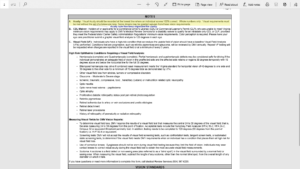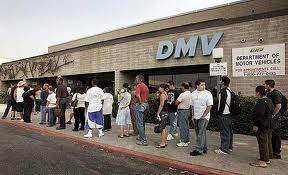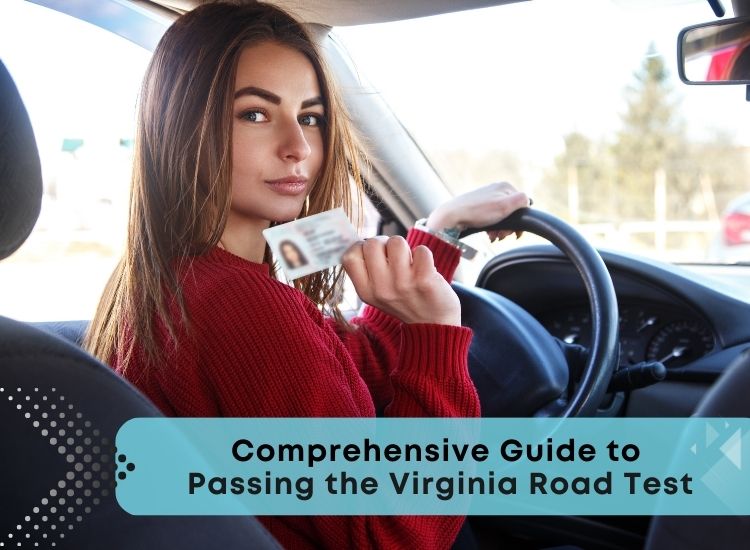New Vision Requirements For Driving In Virginia
Many states around the US and also around the world have been putting critical thinking into how the vision requirements for getting a driving license should be made. The Virginian state decided to make changes to their vision requirements in 2017 when they passed a bill in their general assembly during the session of 2017. We have done our research and rewrote the findings of the bill in simple words so that you can understand them easily. Continue reading to see how its implication on ground level has been carried out.
Old Requirements
Let’s start with the previous requirements to which the state has made changes. Previously, a peripheral vision of 110 degrees was required for the driver to have in both eyes.
New Requirements
The peripheral Vision
Let’s talk about the new requirements and you will be able to find answers to many questions. First off, the 140-degree peripheral vision has been made mandatory in the bill. This magnitude is something already under consideration by many other countries.
The Minimum Vision
For a driver’s license, the applicant must have a vision of at least 20/40. This minimum limit for vision is applicable for candidates who have a working vision in both the eyes and also in a single eye.
The Minimum Horizontal Vision
A minimum limit of 110 degrees has been set for the horizontal vision. This also applies to single eye vision as well as both eyes.
Daytime Leniency For License
The candidate is applying for a daytime driving license only, then the vision can be accepted if it is 40 degrees or better. Again, it applies for single eye vision as well as both eyes. The inferior and superior defects fall into a 15-degree area (or above) only then, it will be considered.
Drivers With High-Risk Conditions
Drivers who have high-risk conditions are supposed to clear an analysis based on the graphic visuals field. If someone has a condition that can increase, then it will be analyzed annually by the medical board. Baseline Visual Field Analysis (VFA) is the test they have to take every year.
Eye Movements Degree Range
One important thing is that each of your eyes should have a flexible movement of at least 120 degrees on each side.
Bitemporal hemianopia
The driver is supposed to have a combined vision of 70 degrees even if he has Bitemporal hemianopia. The 70 degrees need to be completed by both the eyes combined.
Thirsty For More Details?
There is a complete list of other different vision disorders that might fall under high-risk conditions. To see the complete list with related information, click here.
One New Improvement
The bill has made one breakthrough in terms of medical assistance. Currently, any doctor is not allowed to share any personal and confidential information of any patient to anyone. He has the privilege to hold the information completely confidential.
This bill requires the doctor to report to the motor department if a patient is having a vision that is not acceptable for the driver’s license. The doctor has the authority to do so and the government has also made arrangements for his safety. The applicant is neither allowed to make any complaint against the doctor nor file a court case for violating the doctor-patient privilege.
For your general information, the DMV Virginia was asked by high ups in the department of transportation to conduct another detailed study and recommend more changes that can improve the quality of service related to road and driver’s safety. If you want to read about what happened in detail, you can click here.
DMV Virginia Vision Screening
Conclusion
We hope that we have shared enough information related to the new vision requirements for Virginia driving license. If you have any other questions, please do let us know in the comments section below. We have also included multiple links in the post so that you can visit the place of inquiries yourself and learn about the new requirements by yourself.
Related Content : Understanding Vision Screening for Driving in Virginia








